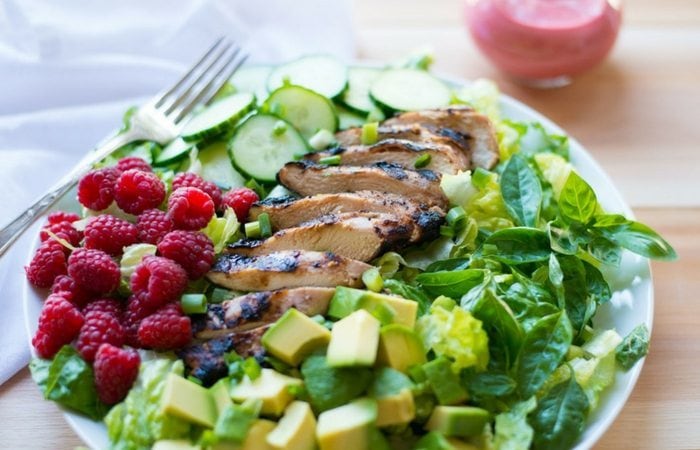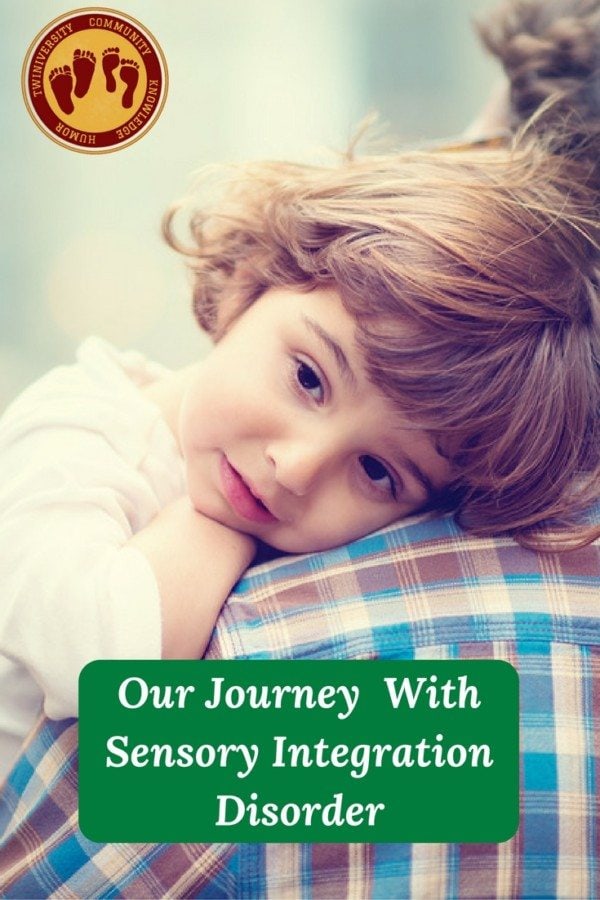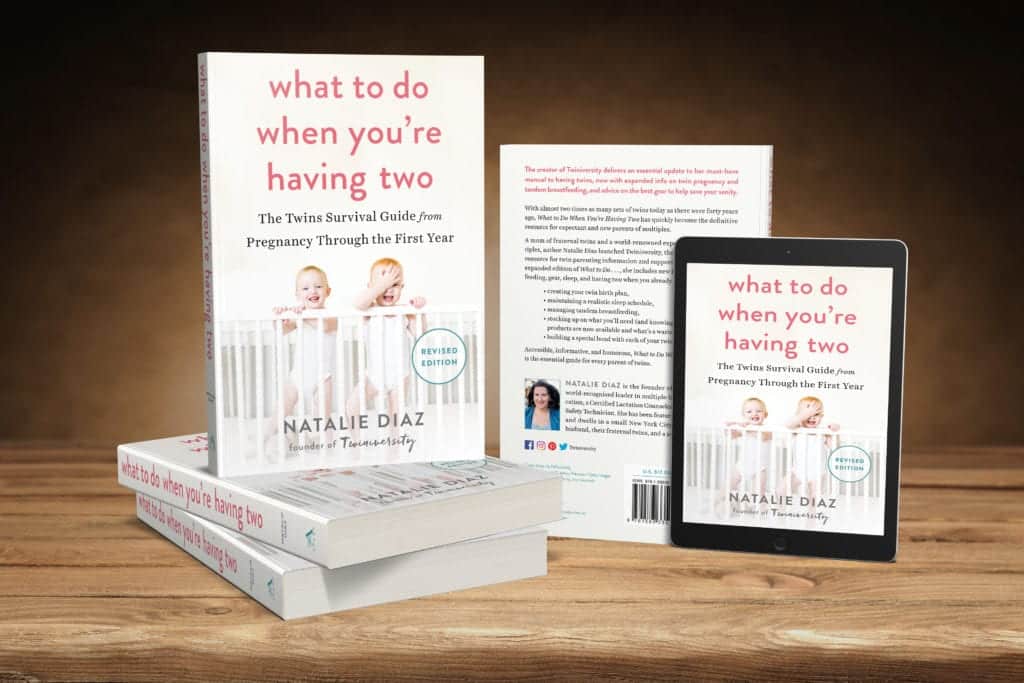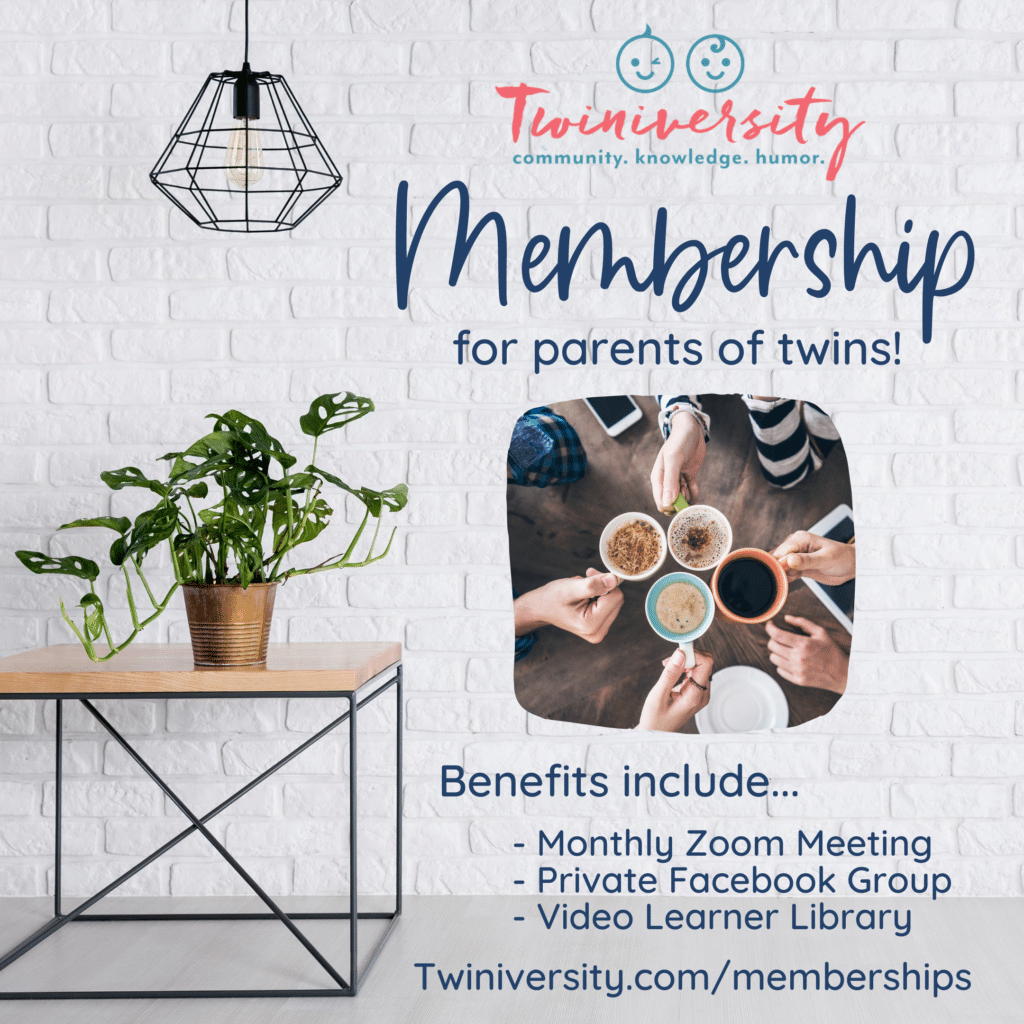Last updated on August 4th, 2023 at 07:44 am
I pull over the car for the tenth time. My 9-month old daughter is hysterically screaming in the backseat. Not just the typical cry, but the traumatized terrified cry that cuts through your soul. A break from the carseat and we get moving again. She can do this for 2-straight hours before passing out into a short exhausted sleep.
Today, as my now 7-year old walks into school every morning, the sun shining, in her short-sleeve shirt, boys sports shorts and snow boots, I always catch a comment, “Why is she wearing snowboots in September/April/June?” I just laugh and keep walking, knowing that if I stop they will likely get to know more about sensory integration than they ever intended.
Katie has always been a mama’s girl. She always stayed close, even as an infant. She never liked strangers and never separated well. Her twin sister, on the other hand, was sociable and loved people. In the comfort of home, Katie became a chatterbox. But as soon as we left the house, she became silent.

Along with the carseat, there were other defining moments of our journey.
Crowds and People
The next thing we noticed was that she didn’t like separating. She didn’t like crowds. Basically she didn’t like people. She didn’t talk to people. She was glued to me anytime we left the house. If someone spoke to her, she cried.
Clothing
We’ve gone through different levels of clothing. For a long time it was short socks and long-sleeves. I’m happy to say that it does change for us. We are currently in a stretch of boy shorts, loose short-sleeve shirts, and tennis shoes. (previously snow boots) She is very VERY particular about the way things fit, the way things feel, and the length of EVERYTHING!

Food
Katie does not eat much of anything! She eats cereal, fruit snacks, chicken nuggets (but only from McDonalds) and hamburgers and very specific fruits. This leaves very little wiggle room. We really struggled for a while as she was eating merely 600 calories per day. It was very stressful and caused havoc on her body! We’ve learned that battling over food is not worth it. Her plate always contains the food the family is eating. But I always include something I know she likes (for example, raspberries) so that she is always eating something.
I drop her off at preschool with her twin sister at the age of 3. It’s only 2 ½ hours. The first day seemed so successful. Then the second day happened. I arrived at pick-up to see Katie in a hypnotic state in the fetal position. I coaxed her out of it and took her home. On the third day the teacher convinced me it was MY FAULT and that I needed to leave. It’s one of the biggest regrets of my life. She was not ok and it took us several years to recover from that time at preschool.
Once I could clearly define Katie’s issues, I did not set out to fix them, but instead, accepted her as her own person, and worked on coping skills. This has paid off in dividends. We started in the early days by switching carseats. We switched until we found one that fit her needs (she ended up liking a Britax with some extra cushion added). Her clothing has always been a work in progress. I find what she likes and always have it available for her. If it changes, we find those too. Flexibility is basically key to life! Her food is something we don’t fight, however we have strategies for it now. As for people, we let her be herself.

The one thing we do not navigate away from is school routines. These are imperative to Katie’s success. Once we knew that change and transition were a struggle, we found some strategies that help. As soon as possible, we identify a teacher for Katie well in advance of the school year (usually at Spring Break- April). We start making the effort for her to get to know her teacher and make a connection. This makes the transition to the next grade smoother because she feels safer. Two weeks before school starts, we start making daily tours. If the teacher is there, we stop BRIEFLY and say hi. Touch/feel/be in the classroom. And get adjusted to school again. If she’s having a rough morning with sensory issues, we have routines for that too. If she’s having a great morning, we promote independence and walking in quickly and alone.
Essentially, in our eyes, Katie is no different than any other of our children. She has her own quirks. But every kid does. We found what works to help her cope and be successful all the while promoting growth and independence. What works for one kid, might not work for the next.

Amber Domrese is a mom of two (TWO!) sets of twins. Thomas and Joshua are 9 years old and Katie and Molly are 5 years old. Married for twelve years, her husband is an accountant and in the Air National Guard. She is a “retired” kindergarten teacher turned stay-at-home mom who has recently returned to the world of education as a substitute teacher. In her spare time (is there such a thing?) she coaches her children in soccer and basketball, teaches Sunday School, and plays on two volleyball teams (one with her husband – we call that “built in date night”).
Related Articles
- What Is A Sensory Processing Disorder?
- Helping Kids Make Sense Of Their World: An Occupational Therapist Talks Sensory Integration
- Planting A Sensory Garden
Are You a New Twin Parent?
Check out Natalie Diaz’s book:
“What To Do When You’re Having Two
The Twin Survival Guide From Pregnancy Through the First Year”

In What to Do When You’re Having Two: The Twins Survival Guide from Pregnancy Through the First Year, national twins guru and founder of Twiniversity (and twin mom herself!) Natalie Diaz provides a no-holds-barred resource about life with twins, from pregnancy and birth all the way through your duo’s first year of life.
Accessible and informative, What to Do When You’re Having Two
is the must-have manual for all parents of twins.

Have you taken your expecting twins class yet? We offer a great class on demand so you can take it on your own schedule! There are so many video modules covering everything from your twins’ baby registry to your first week at home with twins! Sign up today to get started before your twins arrive.

Need some twin parent friends? Get the support you need with a Twiniversity Membership. Benefits include a monthly twin parent club meeting on Zoom, access to a private Facebook group just for twin parents, and a video library of twin parenting lessons. Visit Twiniversity.com/membership to join today!

Twiniversity is the #1 source for parents of
multiples, and we are growing faster every day!
Find us all over the web:
Or contact us by email at community@twiniversity.com







